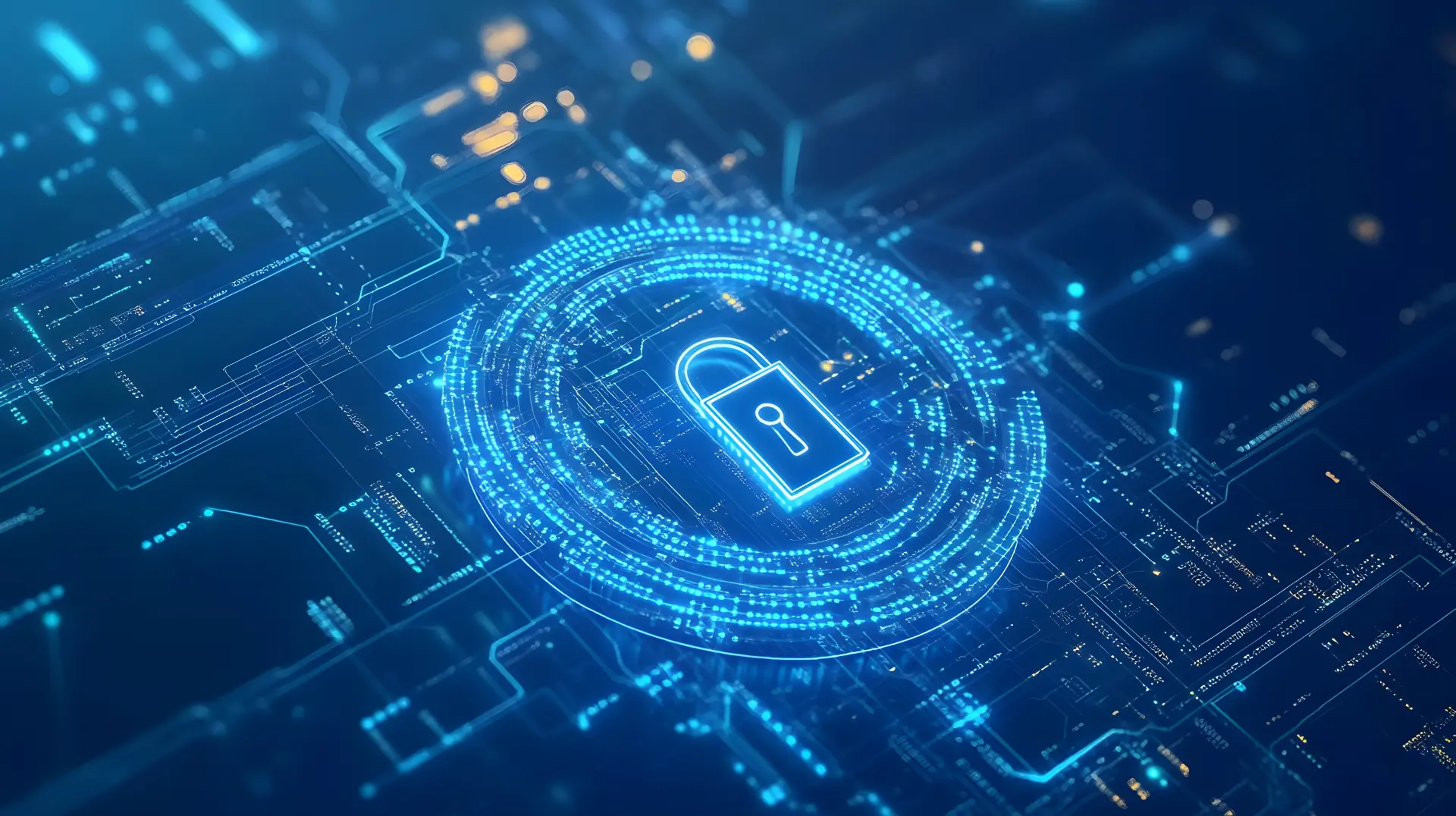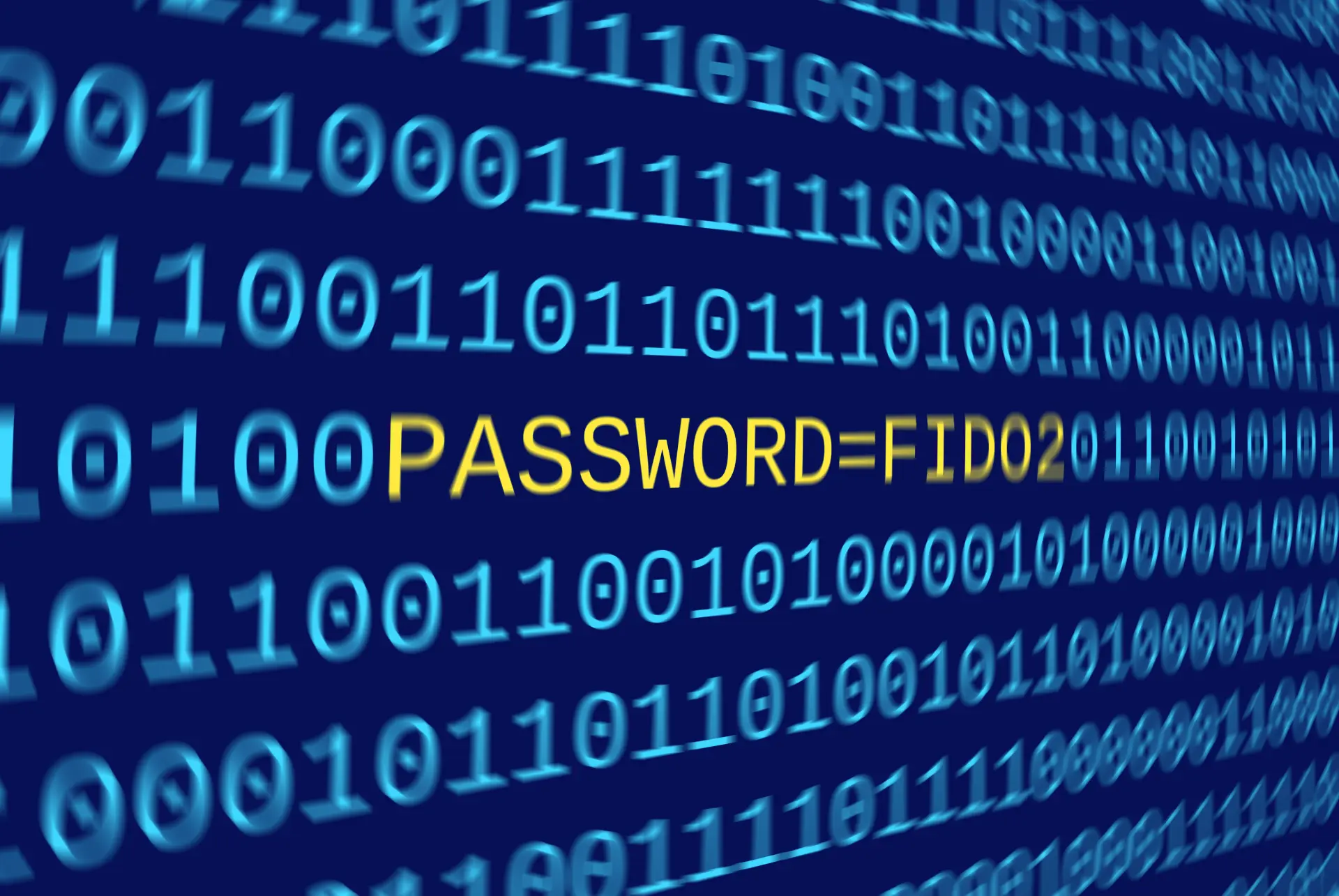Table of contents
- What is FIDO2 and why is it important?
- How passwordless authentication with FIDO2 works
- Benefits and applications of FIDO2 technology
- Passwordless authentication with FIDO2: a look into the future
This article explores what FIDO2 is, how it works, and why it represents the future of secure authentication.
What is FIDO2 and why is it important?
The term FIDO2 refers to a set of specifications developed by the FIDO Alliance, a consortium created to promote the adoption of security standards that eliminate the need for passwords. Traditional credentials, often vulnerable to theft and phishing attacks, can be replaced by more secure methods, such as biometric data and dedicated hardware devices.
FIDO2 technology utilizes the Client to Authenticator Protocol (CTAP) and WebAuthn to enable strong authentication on websites and web services, completely eliminating the need for passwords. This approach provides built-in resistance to phishing attacks and remote compromise attempts.
Devices such as FIDO2 security keys or systems like Windows Hello support FIDO2, meaning they can be used for secure, passwordless authentication.
How passwordless authentication with FIDO2 works
FIDO2 authentication operates through a two-factor authentication process that uses a private cryptographic key stored on a device, such as a FIDO2 security key, and a corresponding public key stored on the service’s server. During login:
- The user authenticates locally using a method like fingerprint scanning or facial recognition;
- The private key, securely stored on the device, signs an authentication request;
- The server verifies the signature using the public key and grants access.
This process ensures that credentials never leave the user’s device and cannot be stolen or compromised.
Benefits and applications of FIDO2 technology
Passwordless authentication with FIDO2 offers a wide range of advantages and applications, making it one of the most promising security solutions for the future.
Eliminating passwords not only enhances account protection but also improves user experience, making the technology versatile and easily adaptable to various contexts.
Advantages of FIDO2 technology
Enhanced security
One of the main strengths of FIDO2 is its superior security compared to password-based solutions. With the FIDO2 protocol:
- Credentials are tied to a private cryptographic key that remains on the user’s device and is never shared online;
- Biometric data, such as fingerprints or facial recognition, is processed and stored locally, reducing the risk of theft or compromise;
- Built-in resistance to phishing attacks eliminates the possibility of capturing credentials through scams.
Reduced password management
Adopting FIDO2 completely eliminates the need to remember, store, or update complex passwords, reducing cognitive load on users and minimizing password management issues.
This is especially useful in corporate environments where employees can access multiple services with a single passwordless solution.
Improved user experience
Using compatible devices such as FIDO2 security keys or integrated systems like Windows Hello makes the authentication process simple and intuitive.
Users can quickly access services via biometric recognition or hardware devices, avoiding traditional problems like forgotten or compromised passwords.
Compliance with security standards
FIDO2 is recognized as one of the most advanced authentication security standards. It aligns with data protection regulations like GDPR by ensuring that credentials and biometric data are stored locally.
Scalability and adaptability
FIDO2 technology can be implemented across various contexts, from websites and web services to enterprise applications. Its compatibility with multiple devices and operating systems ensures a smooth adoption process for both end users and organizations.
Applications of FIDO2 technology
Enterprise applications and work environments
Companies can integrate FIDO2 into their authentication systems to improve security and streamline employee access.
Example
Tools like Microsoft Authenticator enable passwordless login to corporate networks, boosting productivity and reducing cyber security risks.
Access to mobile and personal devices
Modern smartphones already support FIDO2-based solutions. Users can set up passwordless authentication on devices with fingerprint scanners or facial recognition.
Simplifying access to personal services like email accounts, social media, and banking apps.
Operating systems and authentication software
Many modern operating systems, including Windows, macOS, Android, and iOS, are compatible with FIDO2. Solutions like Windows Hello allow users to quickly access their devices or accounts through biometric authentication.
E-commerce and online services
In e-commerce, FIDO2 authentication ensures more secure transactions by reducing identity theft risks. Websites can integrate this technology to provide a seamless login experience and protect user accounts.
Advanced two-factor authentication
While FIDO2 eliminates passwords, it can also be used as a second authentication factor in combination with other methods, further enhancing security.
Example
A FIDO2 security key can be employed to verify a user’s identity quickly and securely.
Support for IoT ecosystems and connected devices
The expansion of the Internet of Things (IoT) requires secure authentication systems to protect connected devices like smart homes, surveillance systems, and vehicles. FIDO2’s compatibility with IoT devices presents an opportunity to enhance security in these ecosystems.

Passwordless authentication with FIDO2: a look into the future
Looking ahead to 2025, the adoption of passwordless authentication based on FIDO2 is expected to grow exponentially. As a phishing-resistant solution that supports biometric data, this technology is particularly suitable for environments where security is crucial, such as web services and financial applications.
With the combination of dedicated hardware and advanced security standards, the future of digital identities could finally be password-free, improving both security and user experience.
Conclusion
Passwordless authentication with FIDO2 represents a breakthrough in cyber security. With devices like FIDO2 security keys and systems like Microsoft Authenticator, it is possible to enhance data protection and significantly reduce the risks associated with password management.
As technology evolves and becomes more accessible, more organizations and users may opt for this innovative and reliable solution.
Questions and answers
- What is FIDO2?
FIDO2 is an authentication standard developed by the FIDO Alliance that eliminates the use of passwords, improving both security and usability. - Which devices are compatible with FIDO2?
Devices such as FIDO2 security keys, fingerprint scanners, and systems like Windows Hello support FIDO2. - How does passwordless authentication with FIDO2 work?
It is based on a private cryptographic key that stays on the user’s device and a public key stored on the server. - What are the advantages of FIDO2 authentication?
It eliminates passwords, is resistant to phishing, and improves user experience through biometric methods or hardware keys. - What do you need to use FIDO2?
A compatible device such as a FIDO2 security key, a fingerprint scanner, or software like Microsoft Authenticator. - Is FIDO2 secure for biometric data?
Yes, biometric data is stored locally and not transmitted, ensuring maximum privacy. - Can FIDO2 be used with enterprise applications?
Yes, many companies are implementing it to enhance security and simplify access. - Does FIDO2 work with mobile devices?
Yes, it is compatible with most modern mobile devices. - Which operating systems support FIDO2?
Windows, macOS, Linux, and major mobile operating systems support FIDO2 authentication. - How to get started with FIDO2?
Simply purchase a FIDO2 security key or use a compatible device with FIDO2 support and configure it following the provider’s instructions.

